Fallen Empires
© Shai KremerWhat if we ”speak with our eyes” of Israel’s past? There is a visual history over and under the surface, spoken by the land and its stones and by all the civilizations that have arisen there. Israel is a sophisti- cated and manipulated palimpsest. Extensively covered by the media, debated by nations, claimed by religions, it is also a case study about the phenomena of empires. By visually highlighting Israel’s vast archaeological repertoire, its architecture and its ruins, I question how they are used today in the discourse of the Israeli-Palestinian situation and the future of the country.
In the preceding pages, you have seen images containing, in one single frame, sediments of periods covering thousands of years and numerous governmental systems. For example, around a small pri- vate aerodrome near the ancient city of Be’er Sheva, airplane hangars dating from the British Mandate period (1920–1948) are scattered. Over Zion Gate in the old city of Jerusalem, a surveillance camera scrutinizes our age, itself embedded in stones from the reign of Sulei- man, and pockmarked by bullet holes from the 1948 war. Finally, in the ruined Palestinian village of Lifta, one can see the light of the construction site of a future rescue exit tunnel from an underground emergency nuclear bunker of the Israeli parliament. Such cases open a window through time on a landscape so familiar that we do not question it anymore.
Israel is overloaded with sediments of past empires. More than half of the current IDF (Israel Defense Forces) strongholds rest on the ruins of military sites of former empires. The recycling of these spaces, from one conqueror to the next, shows how most empires tried to conquer and rule this land, with one similar outcome: they eventually failed. Dozens of excavated archaeological strata tell this complex multicultural saga—ironically enough, the remains are here to remind us that no human construct is everlasting. My images of these vestiges of occupation are a platform for discussion about the legitimacy and efficiency of imperialism and its use of power.
The camera unearths testimonies from the past and shows a different perspective. It reveals inconvenient truths and explores the landscape as a place of amnesia and erasure. It exposes Israel as a strategic site where the past has been buried and history veiled with natural beauty highlighting Adorno’s remark that “the beautiful in nature is history standing still and refusing to unfold.” Every cultural struggle over territory involves overlapping memories, narratives and physical structures. Edward Said underlined this in his book, Inven- tion, Memory and Place, stating that memory, and its translation into history, is far from being neutral. It touches on questions of identity, nationalism, power and authority. Memory is used by nations to construct loyalty to country, tradition and faith.
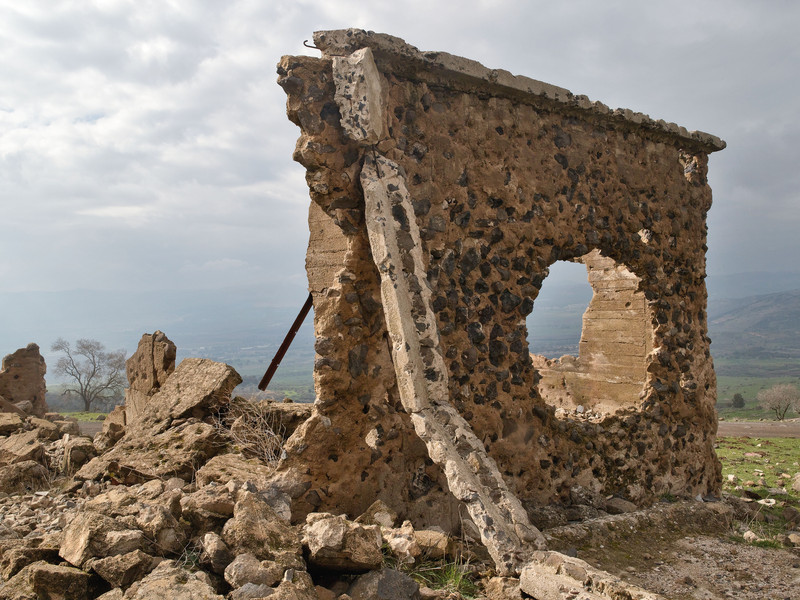
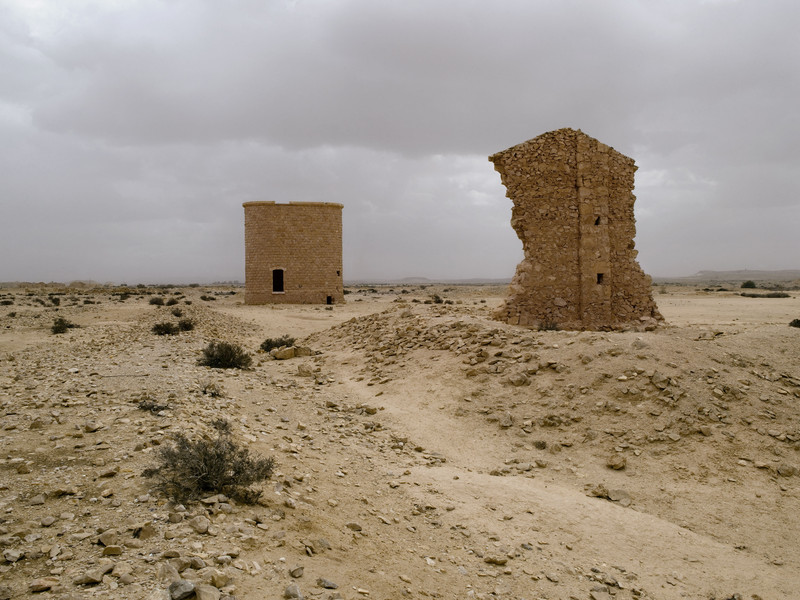
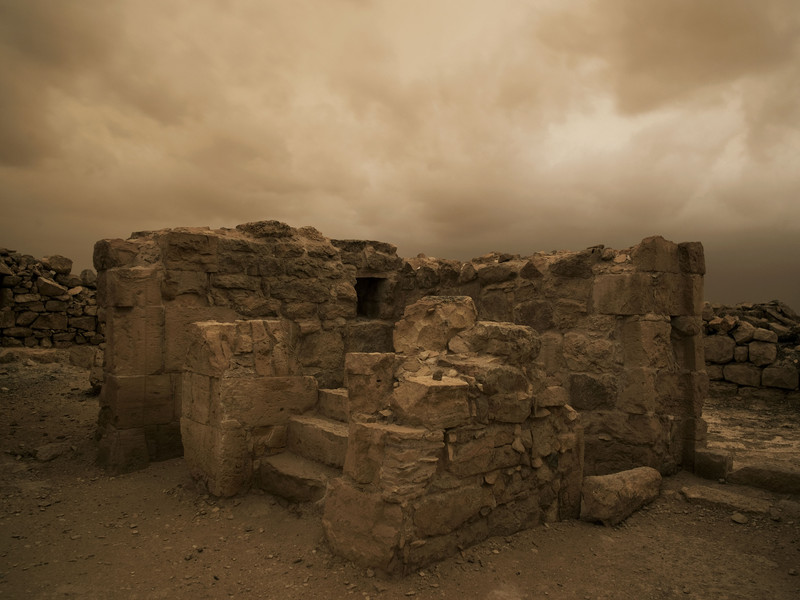
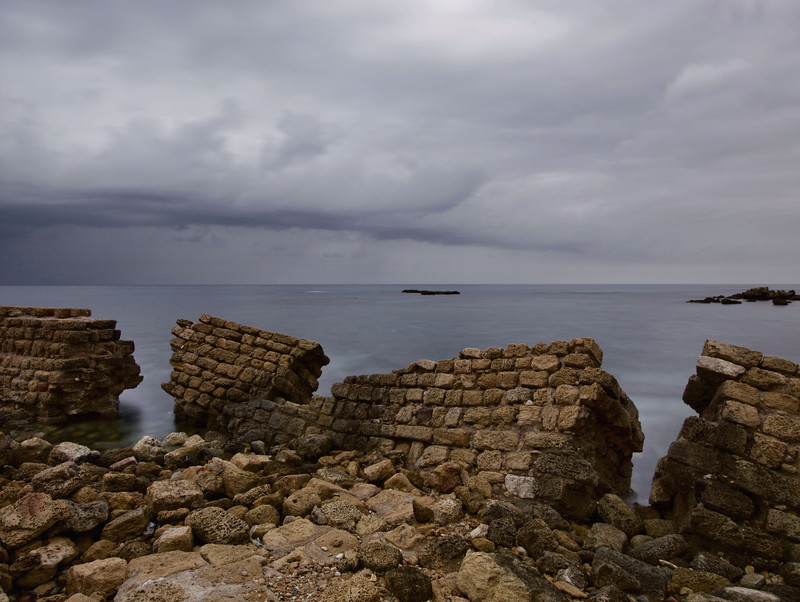

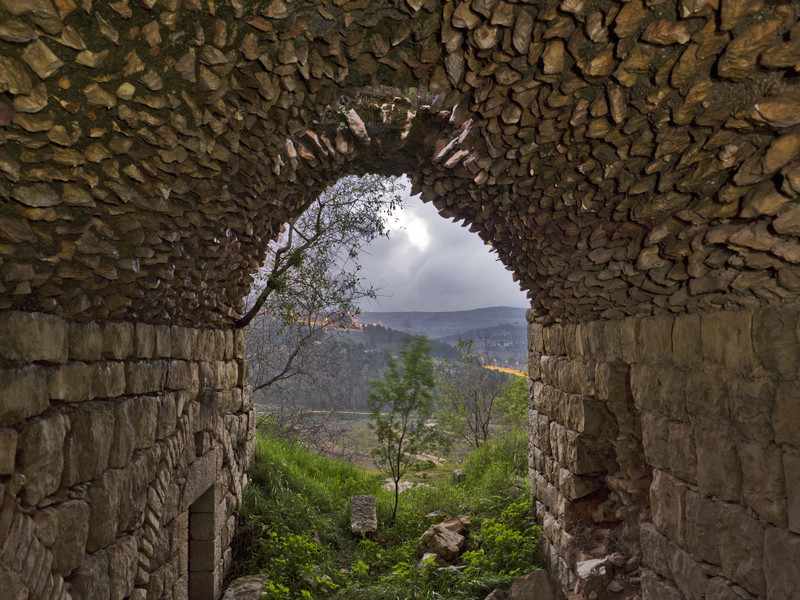
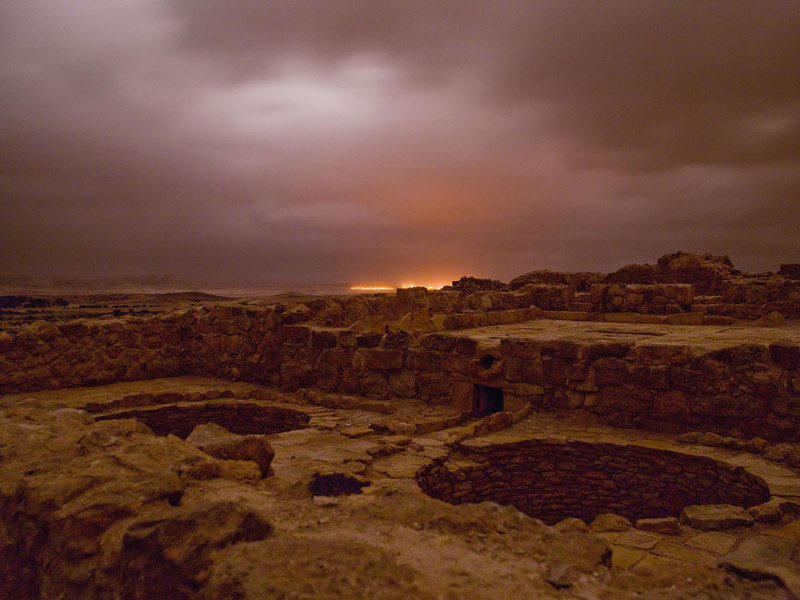
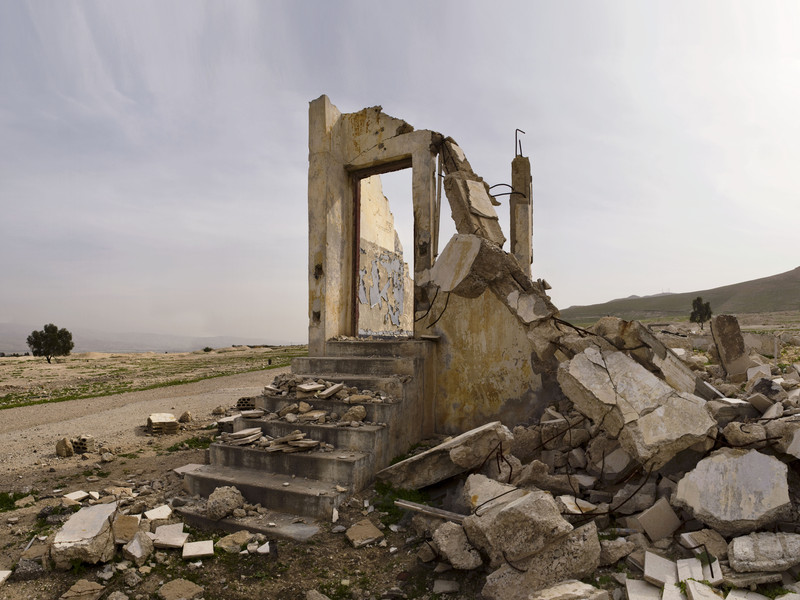
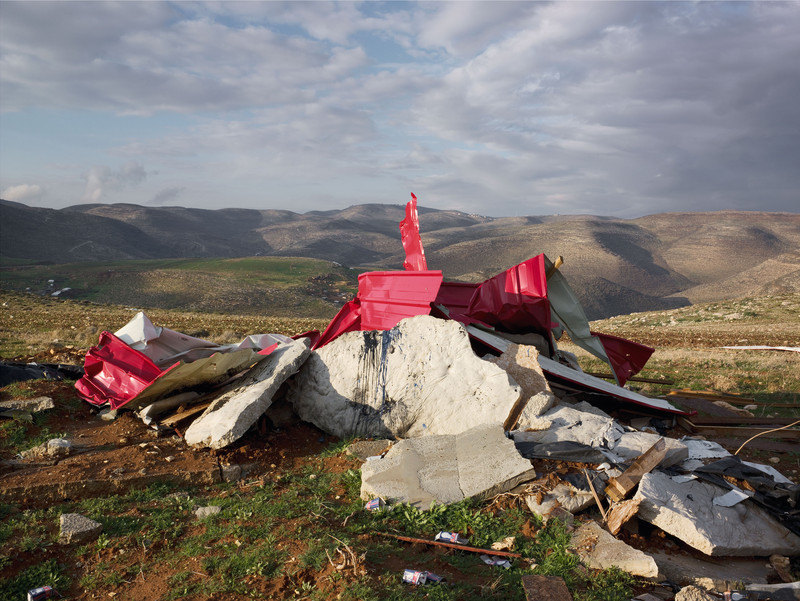
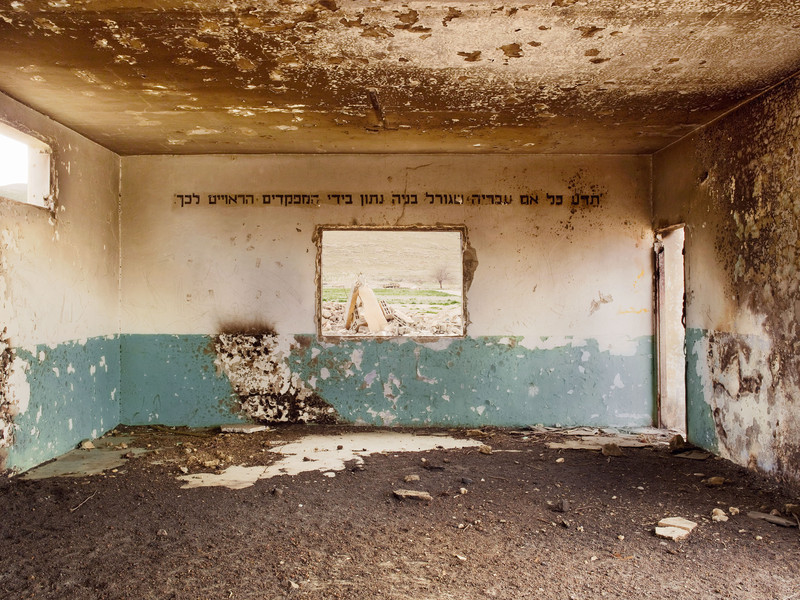

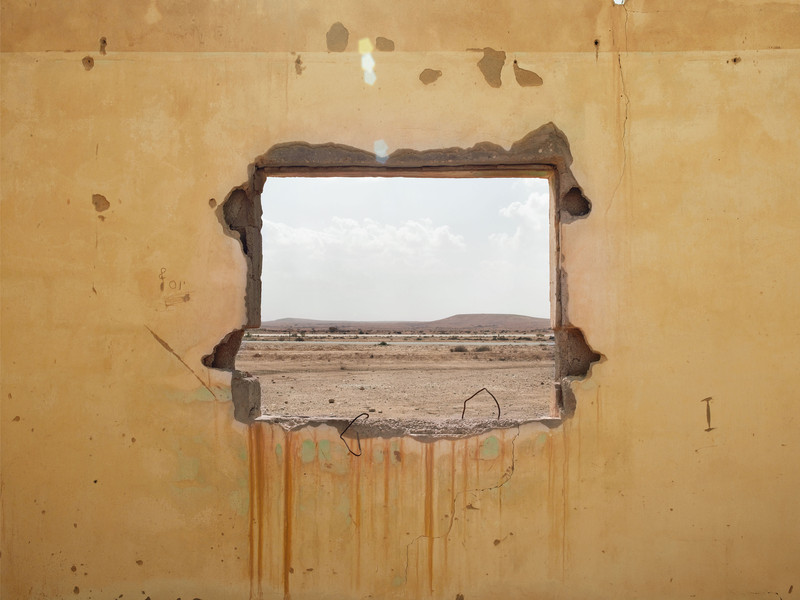
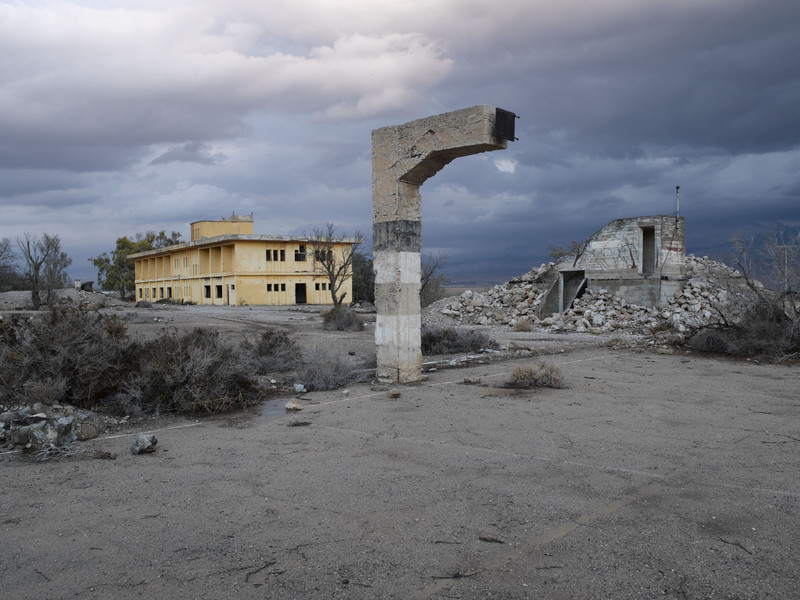
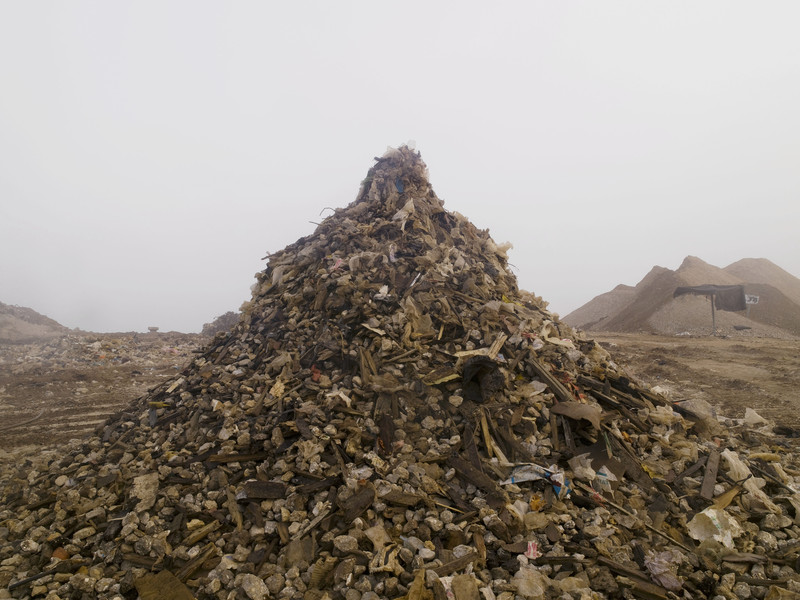
I am pointing my camera at the landscape in order to dig and explore a reality of Israel behind the headlines and the touristic adoration, to reveal the landscape as a cultural force, an instrument in the construction of national and social identities. Only by under- standing the mix of geographical landscape with historical memory can one understand the persistence of the conflict and the difficulty in resolving it.
Sigmund Freud, in Civilization and Its Discontents, uses the anal- ogy of Rome to explain that it is overwhelming, hence impossible, that each building and statue from all periods of Roman history exist simultaneously in our consciousness. However, time has come to open our eyes to the many realities and the various antagonistic narratives that cohabit on the Israeli landscape. What can be shown photographically that would express this question of layering of narratives? How does the experience of ruin—and ruin upon ruin— appear today in Israel?
W.J.T. Mitchell writes in Landscape and Power: “. . . the landscape looks back in some way at its beholders, returning their gaze with a blank, impassive stare, its face scarred with the traces of violence and destruction and (even more important) with the violent constructions that erupt on its surface. . . . The landscape becomes a magical object, an idol that demands human sacrifices, a place where symbolic, imaginary and real violence implode on an actual social space. . . . The fantasy has now been realized in an idolatry of a place, a territo- rial mysticism enforced by bullets and bulldozers. The challenge is to sound out this idolatry, to unbind its fascination.”
This photographic document points out opposing narratives and strays away from one-sided simplistic views. My intent is to offer a stage where viewers can think about new relationships between the different histories and identities, assembled and disassembled in the wake of the creation of Israel. It is an incite- ment to open a critical and civic discussion about this country as a place where different perspectives existed and still exist, and to reflect on new possibilities today.
text and images © Shai Kremer
click to view the complete set of images in the archive
